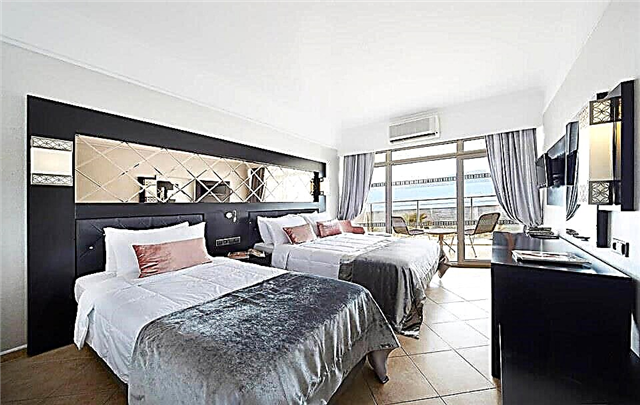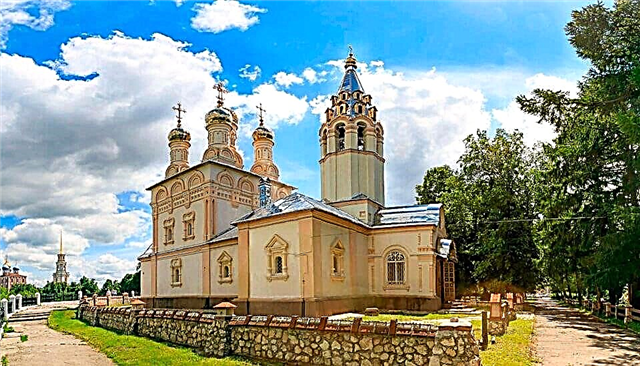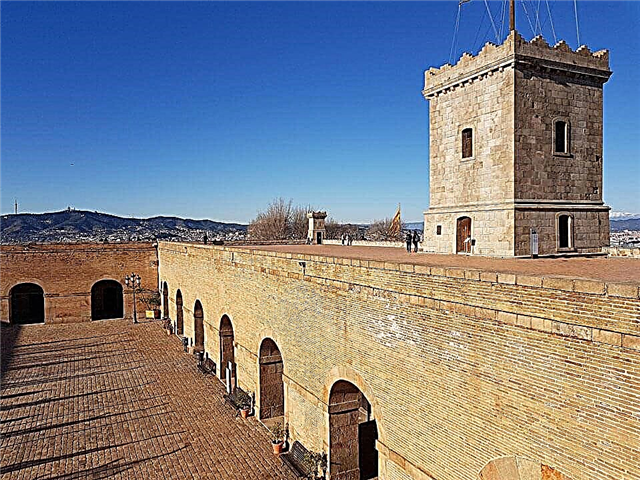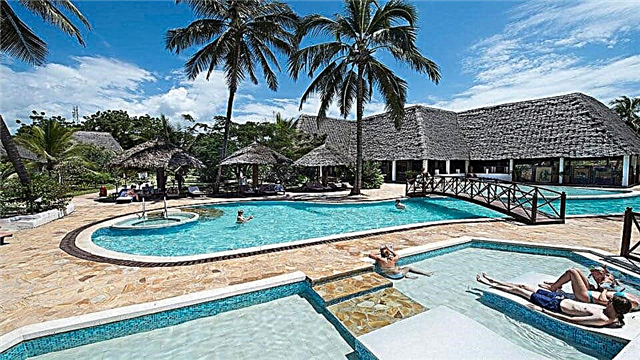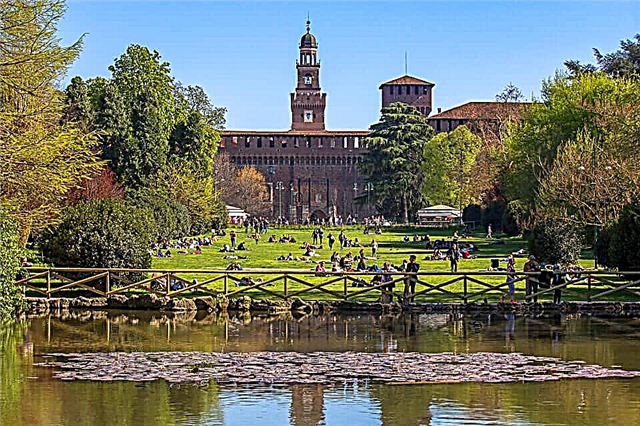Saudi Arabia is known throughout the world as the birthplace of Islam, a country with the strictest Muslim traditions and strict observance of Sharia. Religious tourism is widespread here - millions of Muslims make the Hajj (pilgrimage) to holy places as a fulfillment of the Pillars of Religion. The Saudi Arabian authorities even allocate quotas for each country so that during the Hajj Mecca does not drown in the endless human sea.
For an ordinary tourist, the state has opened recently, but a visit is possible only when accompanied by employees of a Saudi travel agency. What to see a guest in Saudi Arabia? Muslim shrines (only for those who profess Islam, representatives of other confessions will not be allowed there), the most beautiful coral reef of the Persian Gulf, the beaches and embankments of the seaside Jeddah, the endless and hottest Rub al-Khali desert in the world.
Built and refined thanks to the huge oil revenues, the cities of Saudi Arabia are quite a comfortable place for tourists. But it is necessary to remember about the numerous prohibitions and rules in force for a foreigner: the prohibition is not alcohol, on wearing inappropriate clothes, on communicating with women, on visiting certain places. If violated, the lightest punishment is expulsion from the country; in more serious cases, everything ends in prison.

The best hotels and hotels at affordable prices.
from 500 rubles / day
What to see in Saudi Arabia?
The most interesting and beautiful places, photos and a short description.
Mecca city
"Mother of Cities", the main shrine of all Muslims in the world, the holy city in which the Prophet Muhammad was born. During the annual Hajj, more than 4 million believers come here, the entire infrastructure and economy of Mecca is tied to pilgrims. Representatives of other religions are prohibited from entering, as evidenced by the corresponding road signs.

Al-Haram Mosque
One of the three main Muslim temples in the world, the "forbidden mosque". Its construction began in the 7th century, over hundreds of years, the building was rebuilt many times until it acquired its modern look in the 16th century. Throughout the XX century. the territory of the temple was constantly expanding to admit as many pilgrims as possible. Now the area of the mosque is 357 thousand square meters, it is crowned with 9 minarets with a height of under 100 meters.

Kaaba
Shrine in the form of a black rectangle inside the Al-Haram Mosque. For Muslims, it serves as a guide in which direction to turn during prayer. Translated from Arabic "kaaba" means "cube". It is believed that the very first building of the sanctuary was built by heavenly angels. Later it was rebuilt by people several times.

An-Nabawi Mosque
The second shrine of Islam in Medina. It was erected by Muhammad and his associates. The grave of the Prophet is located here under the green dome. It is inferior in size to the Al-Haram mosque, but it has 10 minarets over 100 meters high. The temple accommodates up to half a million believers, its architecture is accepted as the canon for the construction of mosques around the world.

Al Quba Mosque
It is the very first Muslim temple. The Prophet himself also took part in its construction. For the companions of Islam, prayer in this mosque is equated to the performance of Umrah (according to the hadith at-Tirmidhi). The building is included in the city limits of Medina, although in antiquity it was located 4-5 km. from the city.

King Fahd bridge
Connects Saudi Arabia and Bahrain. The structure is included in the list of the 14 longest bridges in the world. The bridge is named after King Fahd-ibn-Abdel-Aziz al-Saud. On weekends, long lines of cars line up here, as the Saudis leave for a neighboring state, where the norms of Islam are not so strict, and you can afford "too much".

Fahd's fountain
The tallest fountain in the world in the city of Jeddah, named after the fifth Saudi king. It is a powerful jet of water that rises 312 meters into the sky at a speed of almost 400 km / h. This effect is possible thanks to a clever pump design that pumps over 600 liters of water per second.

Masmak fortress
The historical building of the capital of Riyadh, erected under the ruler of Muhammad-ibn-Abdullah-ibn-Rashid in the 19th century. At the beginning of the 20th century, the fort was conquered by the future founder of Saudi Arabia, Abdul-Aziz. Now the fortress has been turned into a historical center; a museum and a mosque are located on its territory.

Madain-Salih
Archaeological complex of ancient buildings of the 1st century BC. The buildings remain from the time of the ancient Nabatean city of Herga, which was located at the crossroads of important trade routes. In the surviving buildings, you can see elements of Phoenician, Egyptian and Assyrian architecture.

Desert Rub al-Khali
Occupies most of the territory of Saudi Arabia. This is the hottest desert on the planet. Hundreds of years ago, rivers flowed and ancient cities rustled on the site of lifeless sands. The oases of Liwa, Al Ain and the huge El Jiva are the remnants of a former fertile plain, which over time was filled with sand dunes.

Asir National Park
The reserve was created with the aim of preserving the natural world of Saudi Arabia. This place is in the mountains. For the convenience of visitors, there are hundreds of family camping sites with running water, parking lots, playgrounds and grill areas. The reserve is home to juniper groves and rare species of animals.

Burj Al-Mamlak skyscraper (Kingdom Center)
A 99-storey building in Riyadh, crowned with an eye-shaped structure. The observation deck of the skyscraper is located at an altitude of 300 meters and offers a panoramic view of the capital. The Royal Center is one of the main attractions of the capital and its business card.


